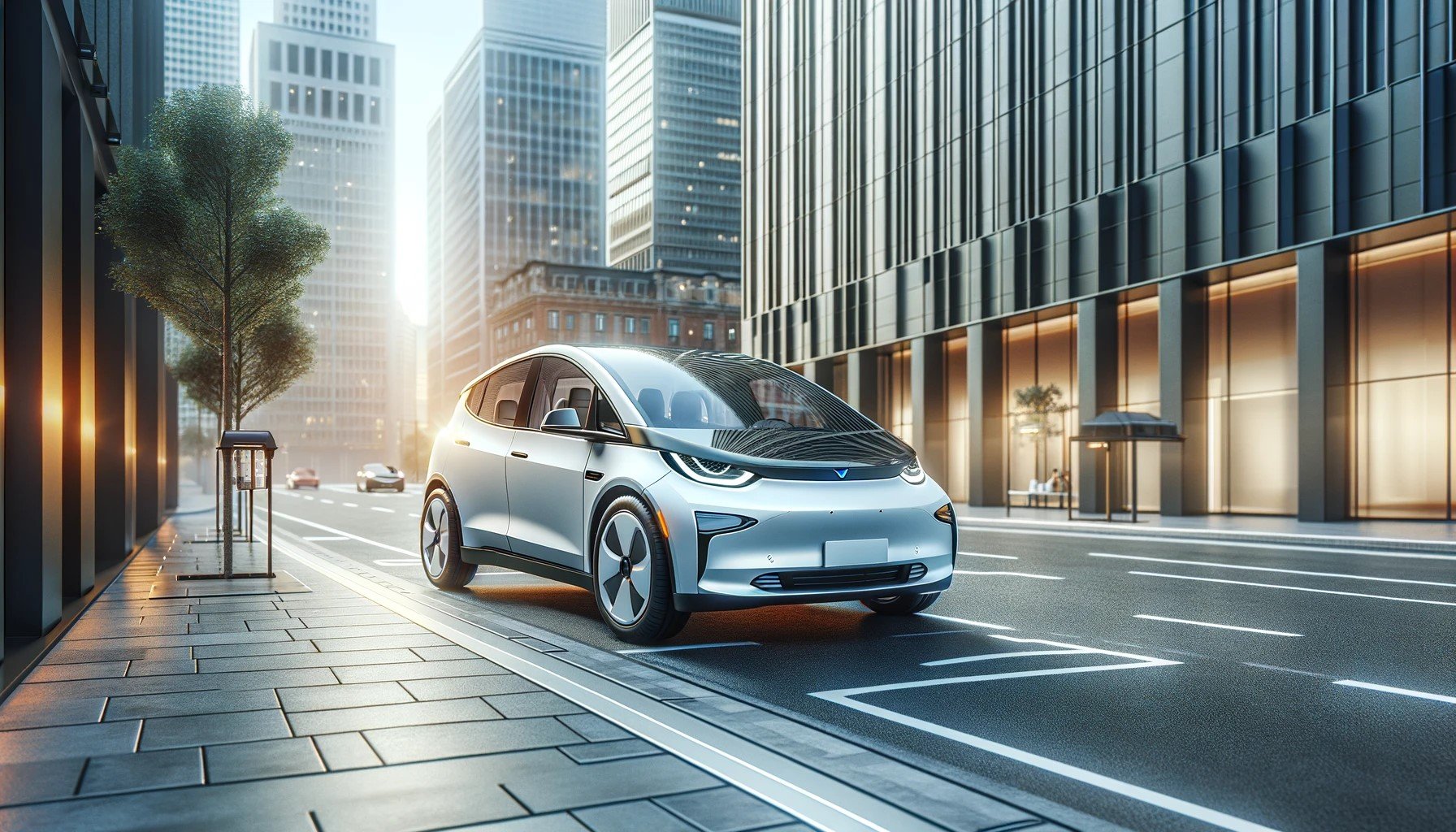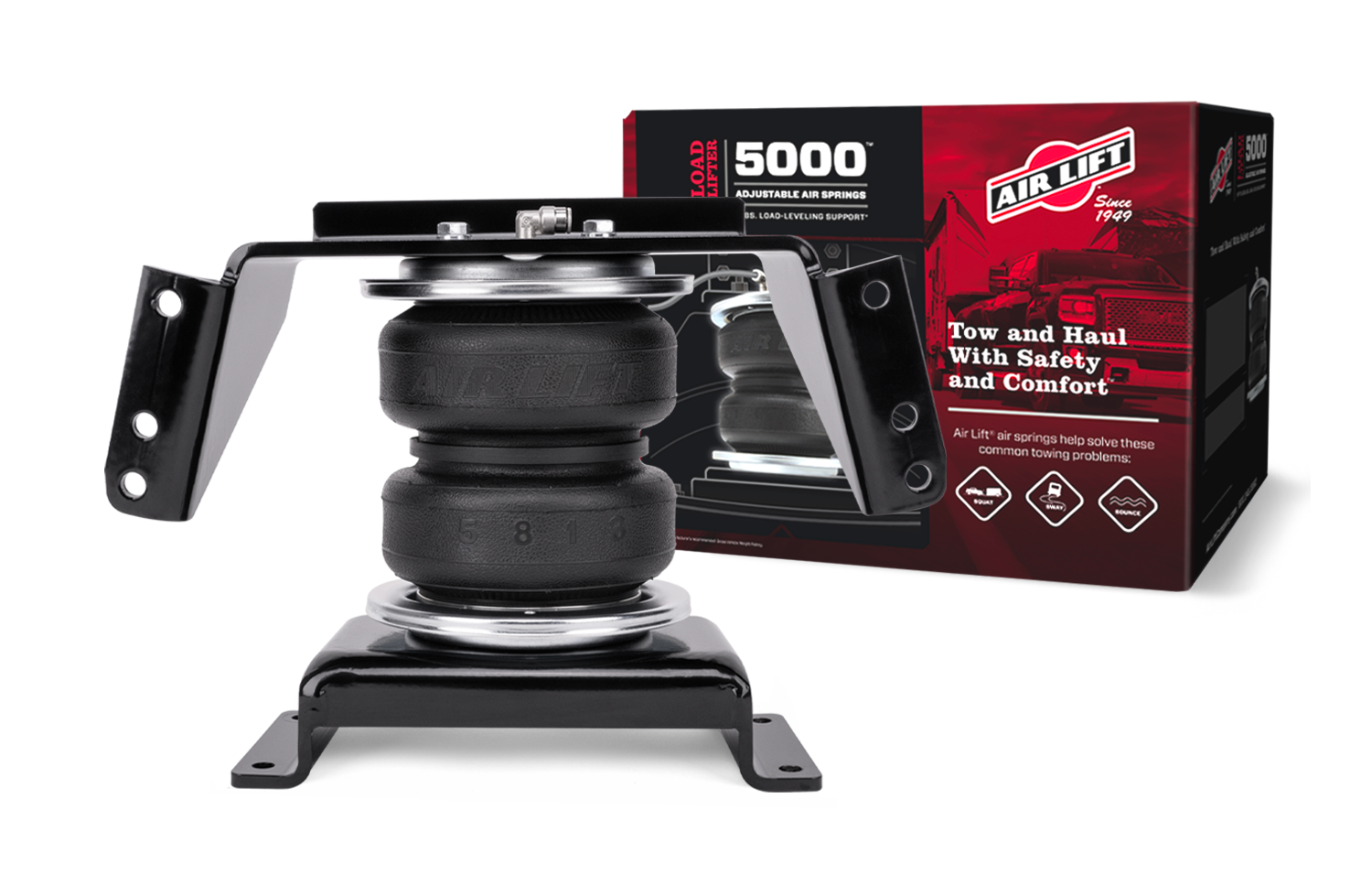
Zero-emission vehicles entering Canadian roads finished 2023 well ahead of where they placed the year before, with the fourth quarter holding on to gains made throughout the year.
And there’s perhaps an unexpected region of Canada that ranks third in EV adoption in the country.
Overall, ZEVs accounted for 11.7 per cent of new vehicle registrations last year, up from 8.9 per cent in 2022, according to S&P Global Mobility’s fourth quarter and year-end Canadian Automotive Insights report.
Breaking things down by category, battery electrics made up 8.8 per cent of new registrations in 2023 (up from 7 per cent in 2022) while plug-ins accounted for 2.8 per cent (1.9 per cent in 2022). Hybrid electric vehicles were 10.7 per cent of the market last year, compared to 7 per cent the year before.
Internal combustion engines accounted for 77.6 per cent of new registrations in 2023, down from 84.1 per cent the previous year.
However, after three straight quarters of growth, ZEV sales were generally flat from the third to fourth quarter but some regression nevertheless. BEVs went down a tenth of a percentage point to 10 per cent, plug-ins were flat at 3.2 per cent and hybrids dropped four-tenths of a point to 11.2 per cent in Q4 2023.
S&P highlighted that volume increases in the final quarter were led by Audi’s Q4 E-tron and the VW ID.4. For the year, the Tesla Model Y and Mitsubishi Outlander led in volume increase with the Model Y representing nearly 20 per cent of the market.
And the market is set to see many new options making an entrance.
“Looking ahead for 2024, we anticipate the launch of several battery electric vehicles in Canada, including the Tesla Cybertruck, GMC Sierra EV, Audi Q6 E-TRON, Kia EV3 and Honda Prologue, among others,” the report stated. “The plug-in hybrid electric vehicle market is also set to expand with the introduction of models such as the Mazda CX-50, Hyundai Santa Fe, Ford Ranger, and Volkswagen Golf, to name a few.”
Going by province, British Columbia leads the country again in adoption rates with nearly 23 per cent of new registrations a ZEV. Quebec, however, made significant strides, jumping from 13 per cent ZEV registrations in 2022 to more than 20 per cent.
When looking strictly at BEVs, B.C. (18.8 per cent) and Quebec (15.2 per cent) one again lead the way.
But the Yukon ranks third — tied with Ontario — at 5.9 per cent BEV registration share. That number is up 2.6 points from 2022. With ZEVs overall, the territory saw 9 per cent of new vehicle registrations in that category.
Ontario saw very little growth in both ZEV (7.72 per cent, up 0.81 points) and BEV (5.9 per cent, up one-tenth of a point) adoption rates.
In the Atlantic provinces, Nova Scotia (138.2 per cent), New Brunswick (105.2 per cent) and Prince Edward Island (133.9 per cent) all saw large year-over- year growth rates.
The Chevrolet Bolt EUV emerged as the top ZEV model in Quebec. Compare that to British Columbia, where the Tesla Model Y holds the highest registration volume across all models.
“This disparity in Quebec could be a key factor behind Tesla’s decision to reduce the price of Model Ys in an effort to gain more market share,” S&P observed.












Leave a Reply